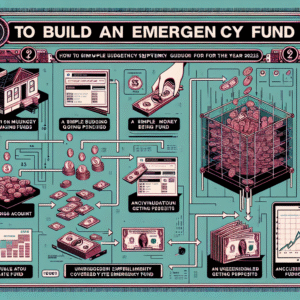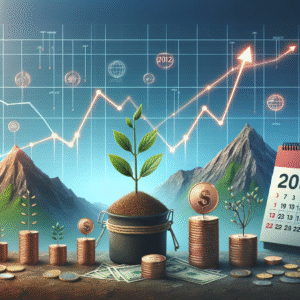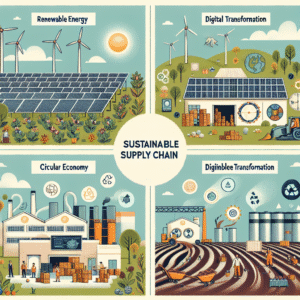How Rising Interest Rates in 2025 Are Impacting Investment Choices

How Rising Interest Rates in 2025 Are Impacting Investment Choices
After years of low-interest rates, 2025 has ushered in a new era for global markets. Central banks, responding to persistent inflation and economic volatility, have steadily raised their benchmark rates. For investors, these changes are fundamentally shifting the investment landscape, compelling both everyday savers and financial professionals to reconsider their strategies. So, how exactly are rising interest rates influencing investment choices this year? Let’s explore the key trends.
1. Shift from Growth to Value Stocks
High-growth stocks, especially in sectors like technology, have enjoyed significant valuation premiums throughout the low-rate environment of the past decade. However, higher interest rates increase the cost of capital and make future earnings less valuable in today’s terms. This dynamic has led investors in 2025 to favor value-oriented companies—those with strong balance sheets, lower price-to-earnings ratios, and dependable dividends.
Industries such as utilities, consumer staples, and health care have become more attractive. These firms often generate stable cash flows and are better equipped to weather economic slowdowns exacerbated by tighter monetary policy.
2. Renewed Interest in Fixed-Income Securities
Perhaps the most direct impact of rising rates is felt in the bond market. For years, low yields on government bonds pushed investors toward riskier assets. Now, with U.S. Treasuries and high-grade corporates offering yields not seen since the early 2010s, fixed-income has regained its appeal, especially for conservative investors and retirees seeking stable returns.
However, not all bonds are equally attractive. Shorter-duration bonds are generally preferred during periods of rising rates, as they are less sensitive to price declines when rates climb further. Floating-rate notes and inflation-protected securities are also seeing increased inflows as they offer a hedge against further rate hikes and rising prices.
3. Real Estate Faces New Headwinds
Rising interest rates translate to higher mortgage rates and increased borrowing costs for property developers. This has cooled enthusiasm in some overheated real estate markets, particularly for residential and commercial properties bought primarily for capital appreciation.
That said, select areas of real estate such as industrial and logistics properties—driven by the growth of e-commerce and supply chain modernization—remain resilient. Investors are now more cautious, focusing on properties with strong tenant covenants and stable rental income, rather than speculative plays.
4. Alternatives Gain Ground
As traditional assets adjust to the new rate environment, many investors are exploring alternatives—including private equity, infrastructure, and commodities. Private debt has seen a surge in interest as lending opportunities emerge with banks tightening credit standards. Commodities, particularly gold and energy, are also in focus for their potential to protect portfolios against inflation and market volatility.
Nevertheless, alternatives come with their own set of risks, including illiquidity and complex valuation methods. Investors are urged to approach these assets with careful due diligence and realistic expectations about returns and liquidity.
5. Savers Finally See Higher Yields
The flip side of higher interest rates is good news for savers. Money market funds, certificates of deposit (CDs), and high-yield savings accounts now offer returns that outpace inflation for the first time in years. This is particularly beneficial for those who prefer risk-free or low-risk options.
Yet, the reward comes with decisions: as cash becomes more attractive, some investors might be tempted to overweight ultra-safe assets and potentially miss out on long-term growth from equities or other investments. A balanced approach remains crucial.
Adapting Investment Strategies in 2025
With central banks signaling caution and the economic outlook still uncertain, flexibility is key for investors. Diversification—across asset classes, sectors, and geographies—remains one of the most effective tools to manage risk and capture opportunities in a rising rate scenario.
Additionally, paying close attention to debt levels and interest expense in company financials is more important than ever. Companies or assets highly leveraged at low rates may face headwinds as borrowing becomes more costly.
Conclusion: Time for a Portfolio Check-Up
Rising interest rates in 2025 are reshaping how investors allocate capital. From a revival of fixed-income investments to a renewed focus on value stocks and risk-aware alternative strategies, adaptation is the order of the day. As always, investors should seek professional advice where necessary, revisit their long-term goals, and ensure their portfolios are prepared for whatever comes next in this dynamic market environment.
* The post is written by AI and may contain inaccuracies.





